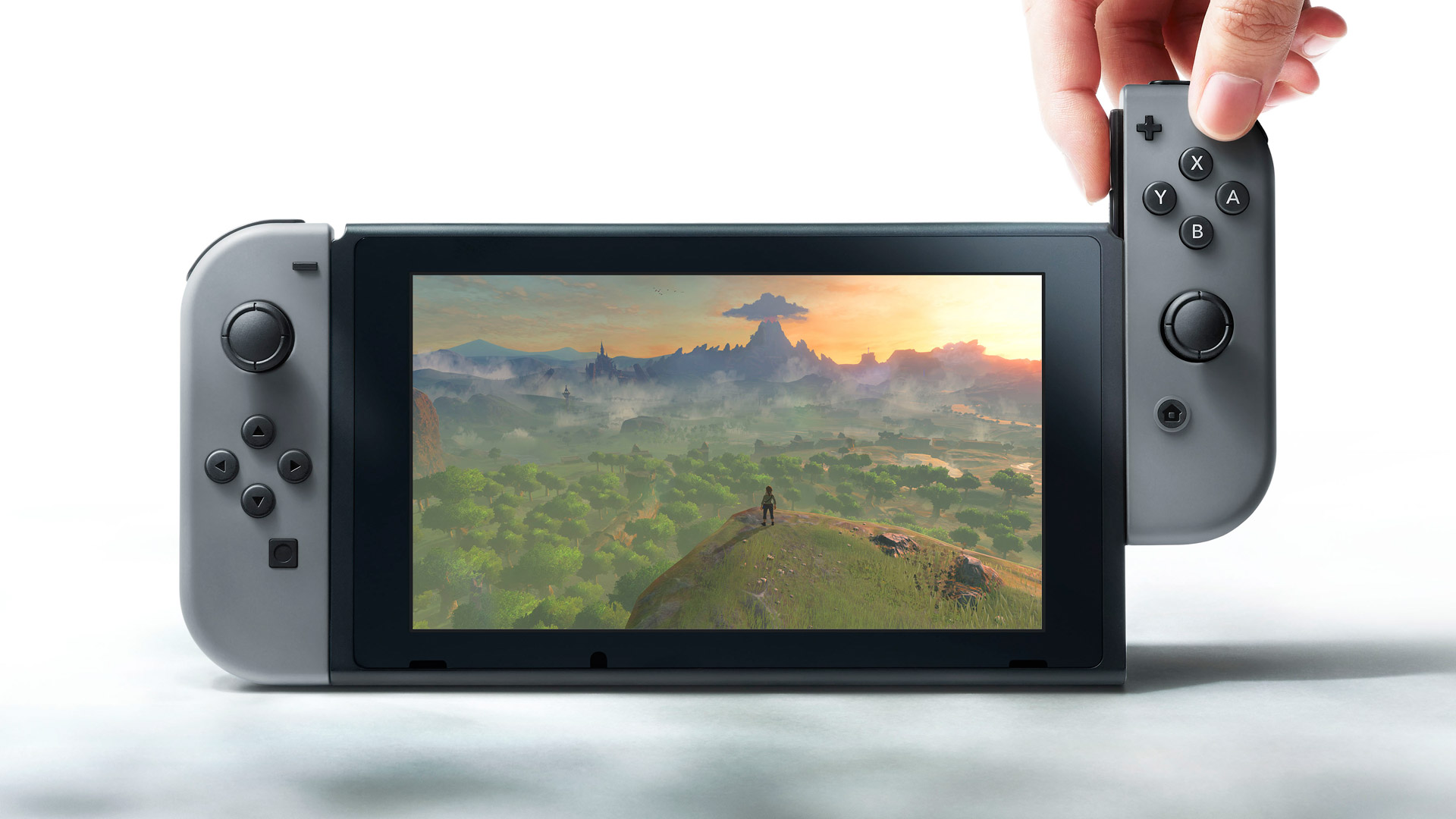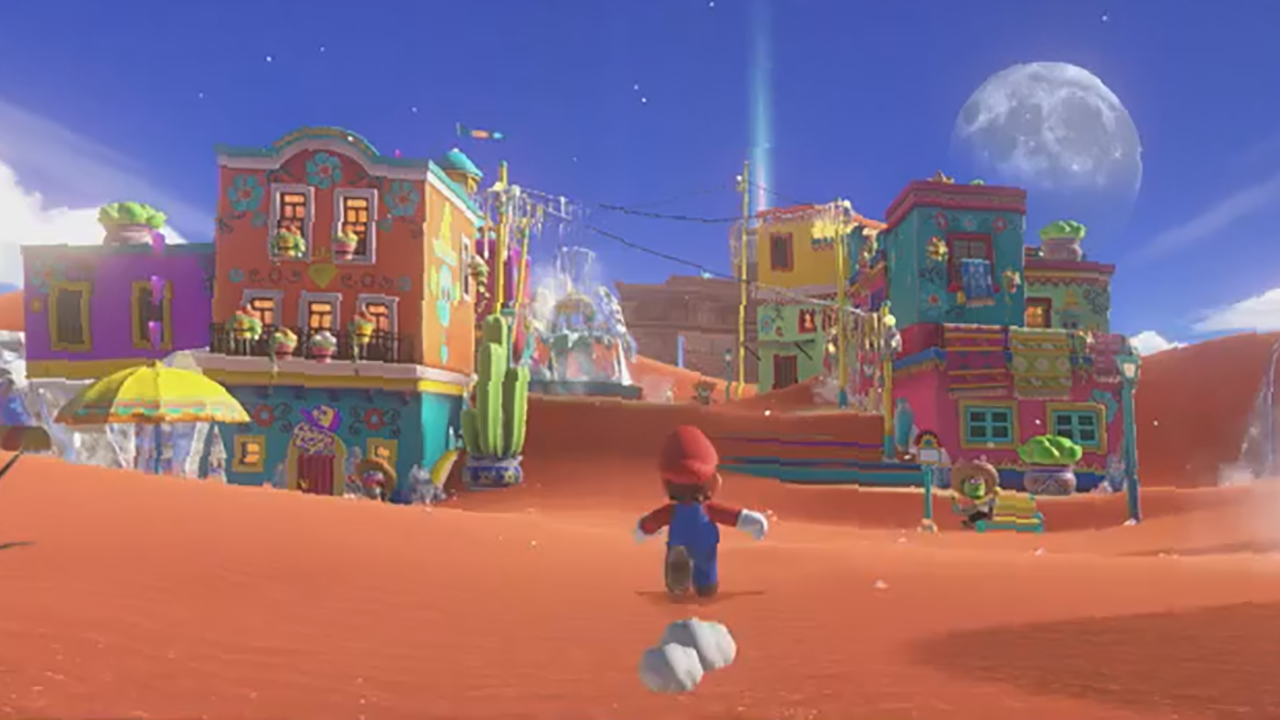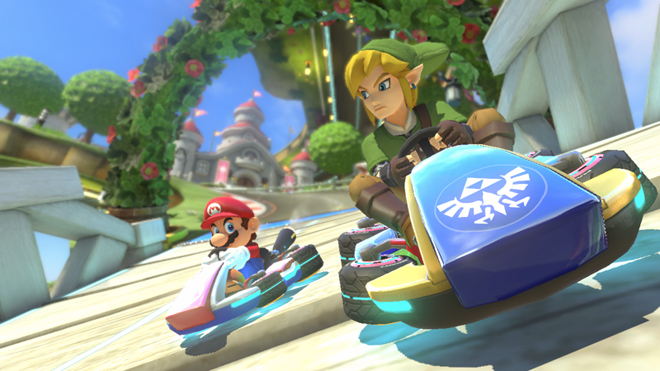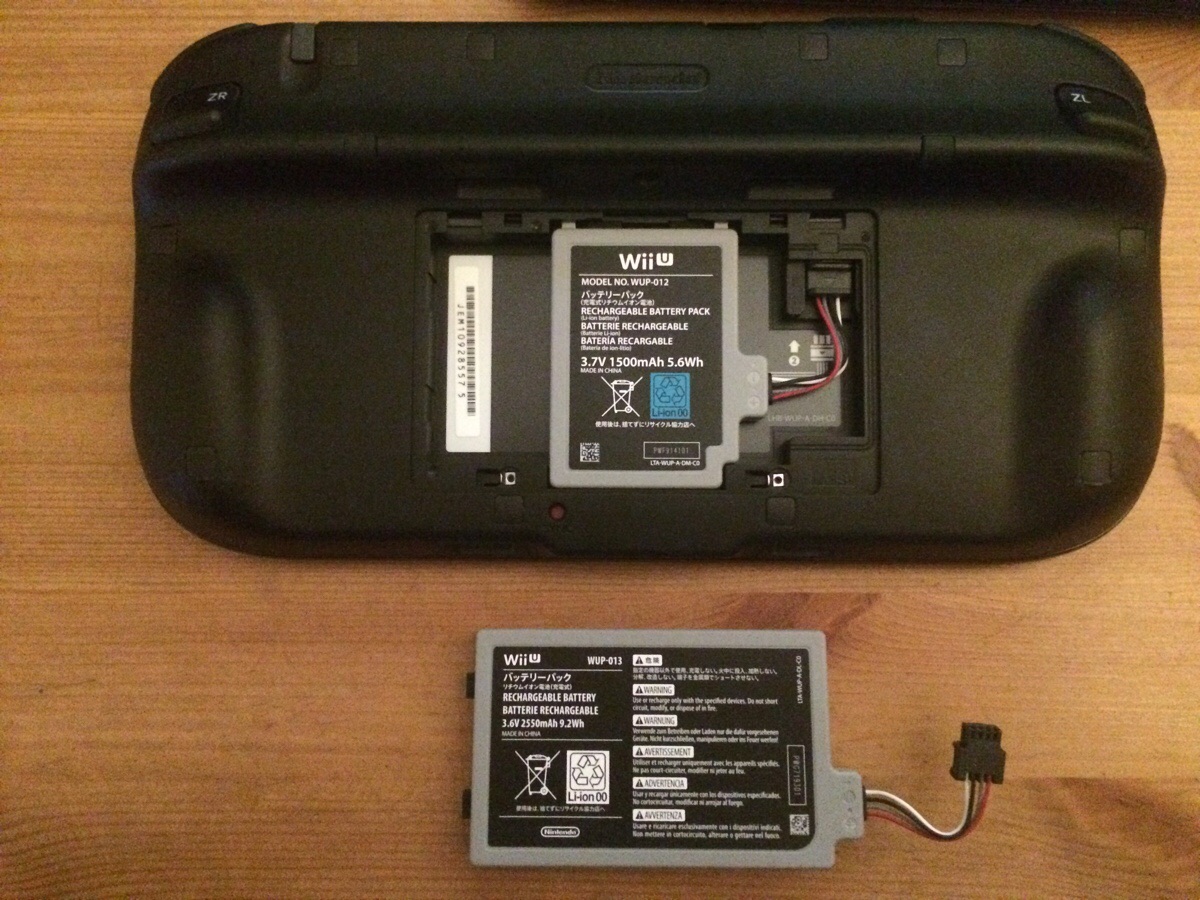As soon as Nintendo finally unveiled their plans for a successor to the Wii U — now known as the Nintendo Switch — everyone, well, switched back to being a Nintendo fan. The internet roared with excitement, and stories about the Switch were trending for days.
Of course, following this storm of media coverage came the explosion of critical opinions from industry experts, dusty old memories from yesteryear’s Nintendo fans, and presumptuous comments from gamers who think they know it all.
Now it’s my turn. Have a look at the list below to see what 5 important things the Nintendo Switch must have to be a commercial and critical success.
Source: GameZone
The March of the Franchises
It’s about time that the core Nintendo franchises see a return on the Switch. After all, when done right, the Mario, Metroid, and Zelda franchises are what excite fans about Nintendo platforms.
Though it’s unfortunate to say, most gamers purchase Nintendo consoles as a secondary device to their PlayStation or Xbox. So the first-party exclusives are what’ll sell the new console. Without competent ones, Nintendo’s console will be nothing but a watered-down mid-generation gaming machine.
As we’ve already seen from the reveal of the Switch, Nintendo is moving over several of the Wii U titles to their new home/portable combo. And I get it: the Wii U has some strong titles in its library — so rather than leave them stranded on a console with lackluster sales, it’s best to move them on over.
There’s nothing wrong with this; in fact, I think it makes for a strong initial lineup of games and experiences that Wii U deserters missed out on. A Nintendo console that launches with an original Zelda title and some older favorites? I’m in. Twilight Princess provided me with several weeks of enjoyment during the Wii’s infancy. I just caution the folks over at Nintendo about relying too heavily on their past catalog of games — the launch window is a critical period for any console, so there should also be some never-before-seen titles coming with it.
And that seems to be the case. We’ve seen what looks to be a new Mario game that mirrors the style of Mario 64 or Sunshine, and that’s a relief. But is a tease on its way for a new Metroid Prime game? It’s tempting to get hasty, but such a thought is fair since Retro Studios has definitely been working on something since their last game, Donkey Kong Country: Tropical Freeze. For now, one can only hope for a future that involves rolling into a morph ball while on the go.
Source: Mario Party Legacy
It’s All About the Bits
Graphics don’t matter, says Nintendo. But actually, they kind of do in some capacity. The thing is, a box that underperforms to a great degree makes it exponentially more difficult for developers to port their games. While it’s true that Nintendo consoles sell because of their exclusives, having a sprinkling of some of the top third-party franchises would never hurt those sales.
Besides, with the introduction of the Nintendo Switch, things are on a bit more of an uneven playing field. Some gamers may prefer to play their open-world games on the go more than they want to see them in all their glory on a graphical beast like the Xbox One or Scorpio.
Luckily gaming is at a point now where there is somewhat of a decrease in returns when it comes to beefing up the graphical performance of hardware. The leap from the PS2 era of games to the PS3 was huge, making a noticeable upgrade from standard definition to high definition. But newer thresholds 4K don’t provide that same kind of disparity when it comes to graphical fidelity.
Even then, Nintendo’s upcoming console needs to remain competitive. Part of establishing a certain level of competitiveness entails manufacturing hardware that is easy to develop for, and that will entice developers to port their games over, even if they do take a marginal hit when it comes to visual prowess.
Time to Get the Juices Flowing
This is an obvious one. If Nintendo wants to market the Nintendo Switch as a home console that has the unique ability of supporting gaming that you can take with you on your travels, the battery life needs to be formidable.
Remember, we are talking about a piece of kit that is able to play modern open-world games like The Legend of Zelda: Breath of the Wild. If the brightness can’t stay on high so that you can see the bokoblins your piercing, and the sounds of your sword slicing blades of grass can’t be heard over the hustle and bustle of your daily commute, what’s the point?
It’d be highly perceptive of the engineering team at Nintendo to design a battery housing that can be easily removed so that future, more capable battery packs can be switched in and out. This isn’t unheard of, as the Wii U’s Gamepad could be outfitted with new batteries that provided more juice for those playing for extended periods of time.
This may seem like an unnecessary expense to apologize for a lacking battery from the get-go, but it’s better to have the ability to upgrade the thing later on than be stuck with a device that will only continue to lose its charge during its lifespan.
Source: Rebrn
Old-School Fun Taken up a Notch
While it’s clearly noted in the reveal trailer for the Switch that Nintendo is moving away from its recent flirtation with gamers enjoying isolated gaming experiences to a more traditional view of communal gaming, Nintendo really needs to up the ante when it comes to online gaming. Sure, popping off the ears of the Switch to hand to your friends is neat — but it’s going to be 2017 soon, and we demand more social features and online connectivity.
It may come as a surprise to some to learn that the Wii U did in fact support voice chat. You’d be forgiven if you didn’t know that: Nintendo never really talked about it, the microphone compatibility list often posed an issue, and few games included the feature. And, as I’m sure you’re familiar, the online shortcomings with the Wii U didn’t end there.
For several years now, Nintendo has been using cumbersome methods to add and accept friend requests and game invitations. It’s a terrifying procedure to actually get in a game with friends. The Friends List app on the Wii U only lets you see if your pal is online — but to actually play a specific title, like Mario Kart 8, you have to have the game open to accept the invitation.
This is archaic, unacceptable, and overly complicated for a future console that is to attract lost fans. Hopefully the recent changes Nintendo has made with the initiation of Nintendo Account will make things a whole lot easier.
What Nintendo home consoles lack is a refined interface that operates in the background. Switching between functions should be more seamless than waiting for load screens to pass as isolated apps take you to the options you are looking to change. An ever-present menu, like the PlayStation consoles have been doing for years, should let players get in and out of common features like settings, invitations, and the friends list quickly.
Having this type of background function would also mean that things like voice chat are mandated for all games, including the ability for cross-game chat. And the introduction of a unified menu could also lead to some kind of achievement system — a first for the company that has been reluctant to speak about the kind of rewards systems adopted by its competitors.
The Price is Right
Yeah, this is a big one. As stated early on in this journey through Nintendo Switch must-haves, a great deal of gamers buy a Nintendo console as a secondary gaming device, so price is king. The hard part is acknowledging all the other points I mentioned — graphical excellence, a conservative battery, and competent online capabilities — while maintaining a fair price. The delicate balance is the tricky part.
You have to consider the competition: the PS4 is going for $300 and the Xbox One for $250. And both units come with at least one well-received game. Of course, the release of the Pro and the Scorpio will change the market a little, but the fact remains that you can nab a competent current-gen system from Sony or Microsoft at a competitive price. How low is Nintendo willing to go?
Not only are we begging for capabilities that are very expensive, considering the disparity in size between the Switch and the units offered by its competitors, but Nintendo hasn’t exactly made mounds of money with their current console, the Wii U. Nintendo president Tatsumi Kimishima has already confirmed that the Switch won’t be sold at a loss. So what does that mean for the price of the thing?
If I were to give an estimate of a price that I believe would satisfy consumers while remaining competitive for Nintendo, I’d put my money on the $300-$350 range.

Source: My Nintendo News
Though it’s fun to conjecture all the details that have yet to be confirmed by the big N, we’ll have to wait until January to see confirmation of what Nintendo has in store for what is presumably their last bastion of the hardware business, the Nintendo Switch.
What do you think will make Nintendo’s next box a success? Let me know in the comments!












Published: Oct 30, 2016 09:47 am